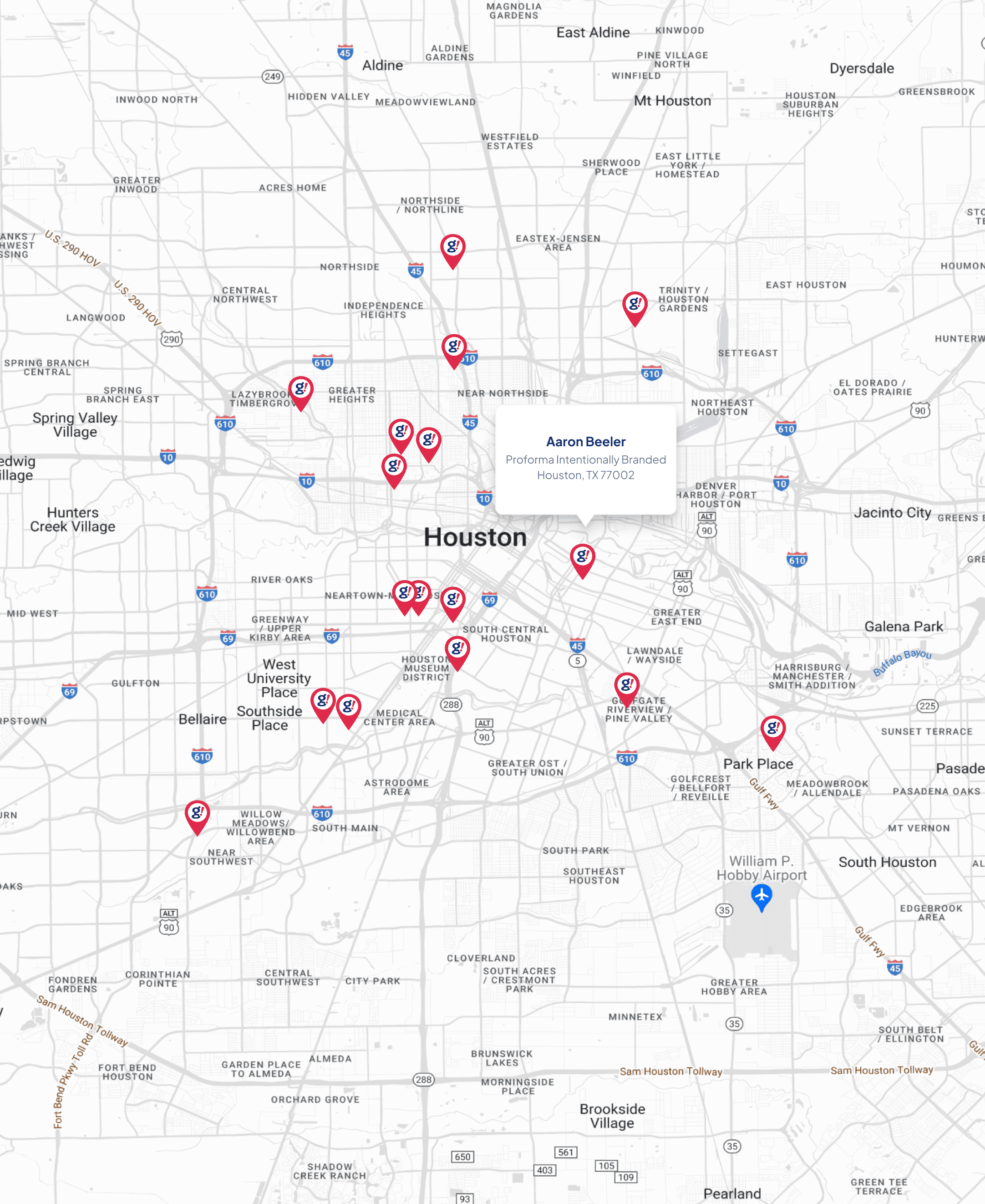What metrics really matter in email marketing?
- Updated on: 2018-01-31
- Read original article here

I realize that answer isn't a particularly satisfying one, especially when we all want magic bullet solutions to our marketing problems. But while it's easy to single out delivery rates or open rates or revenue generated as the absolute goal of email marketing, it doesn't really work like that.
That's why I thought this exercise might be helpful: Rather than giving you some generic advice, I've compiled a few examples of how different brands might think about their email metrics in more actionable ways.
clickthrough rate In the first scenario, you’re going to want to pay special mind to your – after all, that's what's going to get you traffic.
bounce rate – a cohesive experience from the inbox to the landing page But you should also monitor theof your landing page the percentage of visitors who navigate away from the site after viewing only that page. Are you providing a cohesive experience from the inbox to the landing page ? Once people make it to your website, are they compelled to explore? This metric will tell you whether or not you're nailing the overall subscriber experience.
open ratessubject line In the second scenario (where the newsletter is meant to be consumed in the inbox), solid are your best friend. The more eyes on the content of your email, the better, so pay special mind to your subject line and preheader text. Bonus points for clickthroughs on any ad placements or sponsored content you include.
revenuegeneratedShopifyMagentoWooCommerce No brand should inundate their subscribers with heavy-handed sales messages, but the ultimate goal of ecommerce email marketing is to make money. Because of that, the most important metric an ecommerce marketer can track is the from each email campaign (which you can easily do through integrations with platforms like Shopify Magento , and WooCommerce ).
clickbaity subject lines Ultimately, open and clickthrough rates become vanity metrics when the actual goal of your email is to get more (and larger) purchases. Avoid clickbaity subject lines and use the revenue data you capture to inform your strategy over time.
historical behavior and email engagement Marketing for a nonprofit is all about building an increasingly engaged and involved community of supporters. That’s why, as a nonprofit, you’ll want to track over time.
re-engagment campaign Let’s say one of your largest donors has stopped opening your emails: That’s when you’ll want to deploy a strategic re-engagment campaign . Or maybe a brand new subscriber is showing tons of interest by habitually engaging with your email content: It might be the time to ask for a donation.
right message, right person, right time. Watching that sort of behavior can ensure you’re capturing the right moments in the donor lifecycle and providing the quintessential marketing maxim of " right message, right person, right time. "
If you work in the B2B world, email most likely functions as a prospect nurturing tool for your business. You might send your subscribers valuable content until they raise their hands to learn more about you, or maybe you wait for them reach a high enough engagement score to be contacted directly by a salesperson.
list growthadding quality prospects Regardless, one super important metric you’ll want to keep in mind is. Make sure you’re always adding quality prospects to your email nurturing program by consistently releasing enticing (and valuable) gated content and providing opportunities to sign up for your list whenever possible, whether it's on your website, on your social channels, or at a trade event.



